Dark Shadows Fall on Melting Icecap
Dust blowing onto the Greenland icecap from warming areas of the Arctic is causing the ice to melt faster by reducing the whiteness that reflects light and keeps it cool.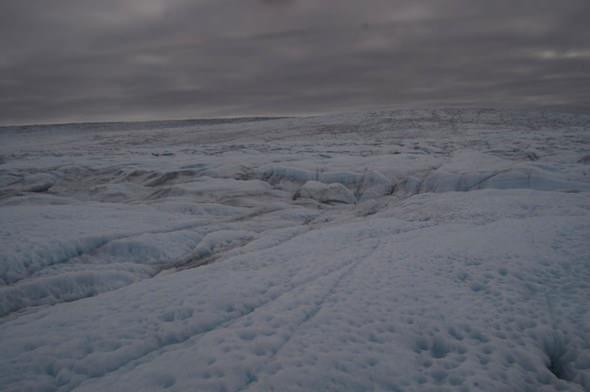
By Tim Radford, Climate News NetworkThis piece first appeared at Climate News Network.
LONDON — French scientists have identified a new mechanism that could cause the Greenland icecap to melt even faster — because dust is making its surface darker.
Marie Dumont, of the French national meteorological service, Météo-France, reports with colleagues in Nature Geoscience that, since 2009, the snows of the Arctic region’s biggest single permanent white space have been steadily darkened by “light-absorbing impurities” — known to the rest of the world simply as dust.
The Arctic has always been cold and white, simply because it is not just cold but is also white. The phenomenon is called albedo. Regions with a high albedo reflect light and stay cooler, so ice is a form of self-insulation.
Conversely, things that absorb light become warmer — and satellite data analysed by Dr Dumont and her fellow researchers shows that the Greenland ice is getting darker in the springtime.
They think the dust is blowing in from areas of the Arctic that are losing snow cover much earlier in the season as the climate warms. And, they calculate, this steady darkening alone has led to “significant” melting of the icecap.
This finding is ominous. What the researchers have identified is yet another case of what engineers call positive feedback. In the last 30 years, the Arctic sea ice has been in retreat, and researchers expect that, later in the century, the Arctic ocean will be entirely free of ice most summers.
Insulating layers
That means that there will be more atmospheric dust each spring, landing on the snows of Greenland and lowering its albedo even more, so the insulating layers of ice on the huge island will continue to retreat.
Researchers have twice in the last few months had to revise their predictions for the melting of the Greenland glaciers. The continued melting of the ice sheet is expected to raise global sea levels by 20cm by 2100, and since the whole ice sheet — which would take much longer to melt — holds enough frozen water to raise sea levels by more than seven metres, what happens in Greenland matters very much to maritime cities as far apart as Miami and Mumbai.
The French researchers have backed up their observations with a computer model of potential surface melt in Greenland. If a perfect reflecting surface would have a value of one, then meteorologists allot a value of 0.9 to the albedo of fresh snow. They calculate that a decrease in the albedo of even a very small ratio, such as 0.01, could lead to the melting of 27 billion tons of ice every year.
They are not saying that this is already happening, but they do argue that “future trends in light-absorbing impurities should therefore be considered in projections of Greenland’s mass loss”.
Accelerating warming
This is not the only newly-identified potential mechanism for positive feedback. A report by Laetitia Pichevin, of the University of Edinburgh’s School of GeoSciences, Scotland, and fellow researchers, was published in the same issue of Nature Geoscience. It says that rising global temperatures could decrease the amount of carbon dioxide naturally taken up by the world’s oceans, thus also accelerating global warming. This, too, is another process that could go on accelerating.
The researchers analysed sediments laid down 26,000 years ago in the Gulf of California and measured the abundance of silicon and iron in tiny marine fossils. They found that those periods when silicon was least abundant in ocean waters coincide with relatively warmer climates, low levels of atmospheric iron, and reduced carbon dioxide uptake by the plankton in the oceans.
“We were surprised by the many ways in which iron affects the CO2 given off by the oceans,” Dr Pichevin said. “If warming climates lower iron levels at the sea surface, as occurred in the past, this is bad news for the environment.”
Your support matters…Independent journalism is under threat and overshadowed by heavily funded mainstream media.
You can help level the playing field. Become a member.
Your tax-deductible contribution keeps us digging beneath the headlines to give you thought-provoking, investigative reporting and analysis that unearths what's really happening- without compromise.
Give today to support our courageous, independent journalists.
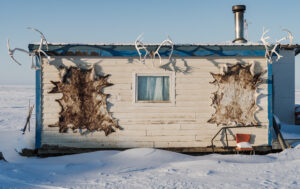
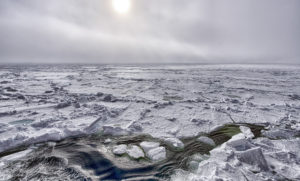
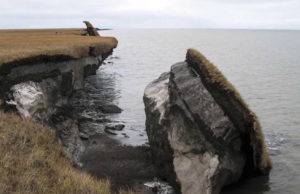
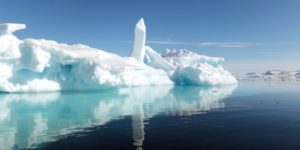
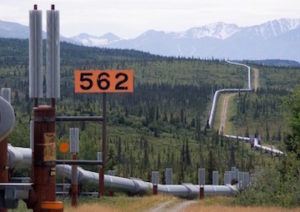

You need to be a supporter to comment.
There are currently no responses to this article.
Be the first to respond.